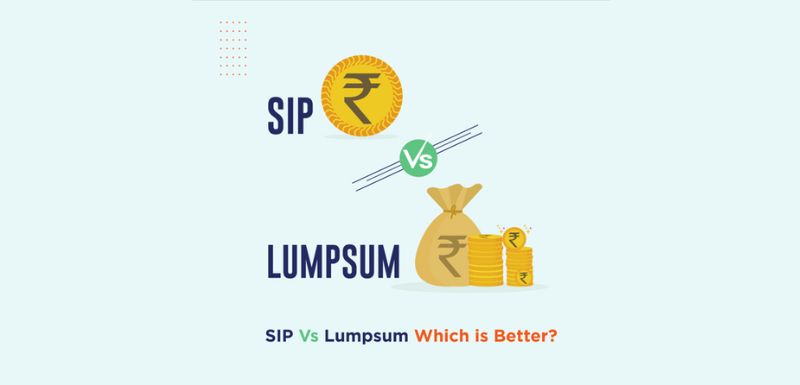Mutual Fund SIP Calculator
Investing in Mutual Funds through Systematic Investment Plans (SIPs) is a smart way to build long-term wealth. Our SIP Calculator helps you estimate how much wealth you can accumulate over time with regular investments. Simply enter your monthly SIP amount, expected return rate, and investment duration to see your potential growth.
How This SIP Calculator Helps You
• Visualize your growth by seeing a clear breakdown of the invested amount and estimated returns.
• Plan your goals by understanding your investment amount, time horizon, and potential results.
• Make informed decisions and estimate how SIPs can work for you.
Start Your Investment Journey
Use our Advanced SIP Calculator online and take control of your financial future. For expert and customized investing plans, our team at FinEdge is here to assist you.
Your Investing Experts!
What Is a Mutual Fund SIP Calculator?
A Mutual Fund SIP calculator is a simple, easy-to-use tool that can help you plan for your financial goals with the assistance of a Financial Advisor. By allowing you to dynamically tweak various parameters such as expected CAGR or an annualized rate of return, amount, and tenure of your SIP, the Mutual Fund SIP calculator can help you understand how each parameter affects the final investment amount. Basically, a Mutual Fund SIP calculator allows you to get a better idea of your monthly investments based on a customized goal-based financial plan.
At FinEdge, we believe that a SIP calculator should be highly interactive and should be able to show multiple scenarios. In this calculator, you would be able to get a fair idea of the amount that you would have invested vs. the value of your investment at the end of the invested tenor. This also gives you a great understanding of how the Power of Compounding takes effect on your investments. You would notice in the graph that for a long-term investment, how the green line takes off after a few years. This also depicts the importance of staying invested for long, being disciplined, and being consistent with your investments.
Why Use a SIP Calculator?
Let us understand the importance of a Monthly SIP Calculator with a simple example.
Rajat, a 30-year-old, decides to plan for his financial goals with the help of a Financial Advisor. He discovers that he requires a minimum of Rs. 5 Crores in 30 years, in order to lead a comfortable post-retirement life. Rajat’s monthly surplus is just Rs. 5,000 and he has never looked beyond fixed deposits, so the prospect of saving Rs. 5 Crores seems almost impossible for him – until that is, he comes across the FinEdge SIP Calculator!
By increasing the target return in the SIP Calculator from 6% to 12%, Rajat discovers that his final corpus more than tripled from 50 lakhs to 1.76 Crores. However, that’s still a huge shortfall from his target! Now Rajat factors in increasing his SIP amount as per the Calculator and being more aggressive to invest in Mutual Fund SIPs such as Small Cap or Mid Cap Funds. As you can see, a SIP Calculator helped Rajat decide on a concrete investment plan for his retirement.
For a customised Retirement Plan do get in touch with us at FinEdge to make sure your investments are perfectly aligned to your goals.
Start Your SIP Today!
SIP Calculator FAQs
Is the FinEdge SIP Calculator Easy To Use?
Our SIP Calculator is super easy to use! Simply drag the interactive sliders to game various scenarios involving your monthly investment amount, target return or even investing tenure and view the outcome instantly.
How Is “CAGR” Calculated For a SIP Investment?
Every tranche in the SIP Calculator is considered as a “new” investment with its own distinct CAGR. After that, a simple average of all these CAGRs is taken to arrive at the CAGR for your SIP investment.
What Is “Tenure Of Investment (Years)” In SIP Calculator?
The tenure in the Investment SIP calculator is the number of years remaining for your financial goal – which should be the number of years that you intend to run your SIP investment for.
What Is “Annual Step Up” In SIP Calculator?
Mutual Fund investments are fantastic for financial planning! Because of their versatility, they are the ideal solution for constructing a goal-based investment portfolio. SIP’s (Systematic Investment Plans) allow investors to gradually and steadily create wealth for their goals over time. A step up or a regular increase in your SIP amount results in significantly larger outcomes in your final corpus.
DiA helps you cut through the noise and invest with purpose. Start your journey with us today!
Related Articles

Why is a SIP Investment Calculator Beneficial?
Learn expert strategies on how a SIP Investment Calculator can benefit you in your goal-planning journey.

SIP vs Lumpsum Investments: Which is better?
There are two approaches to investing in Mutual Funds- SIP and Lumpsum. Understand which approach investors should take.